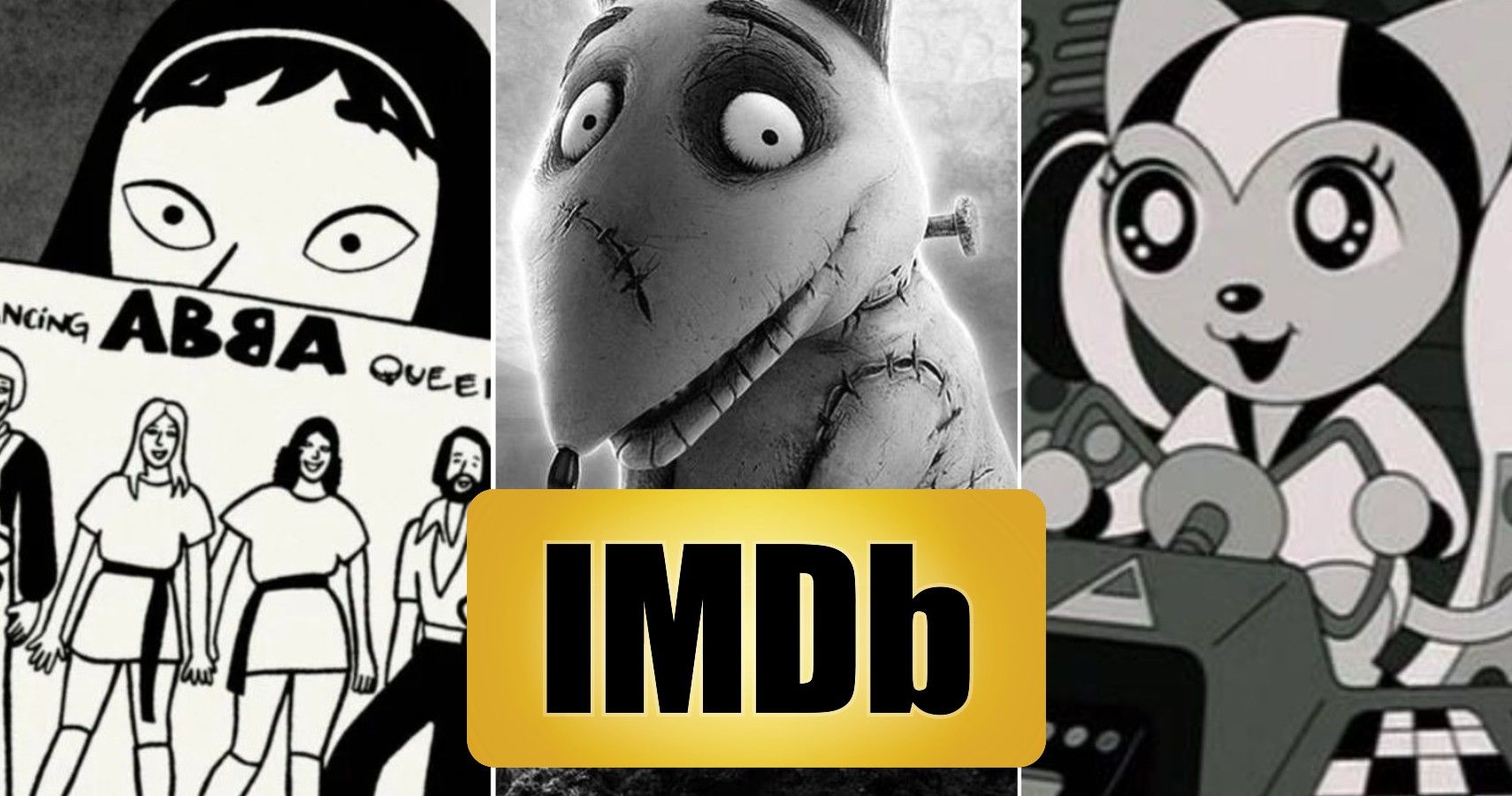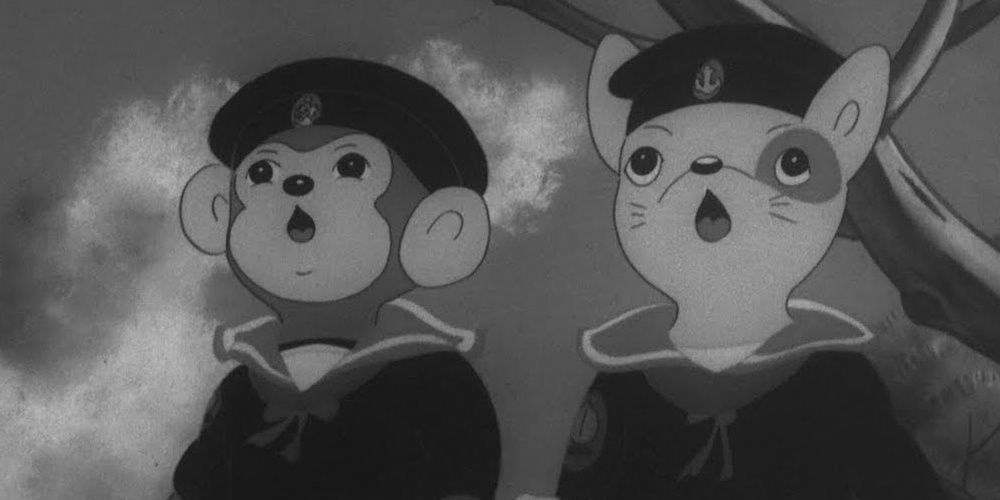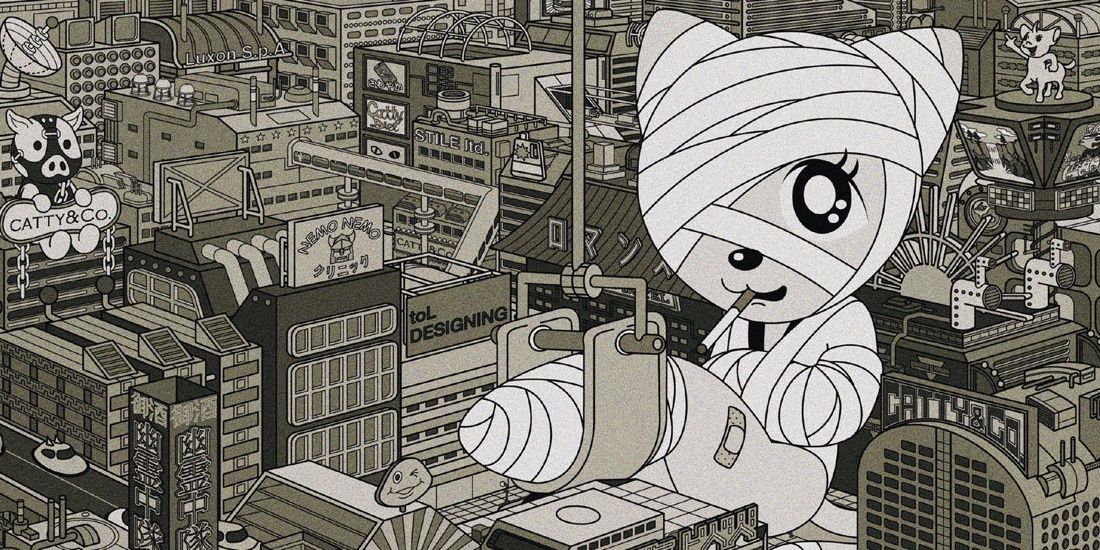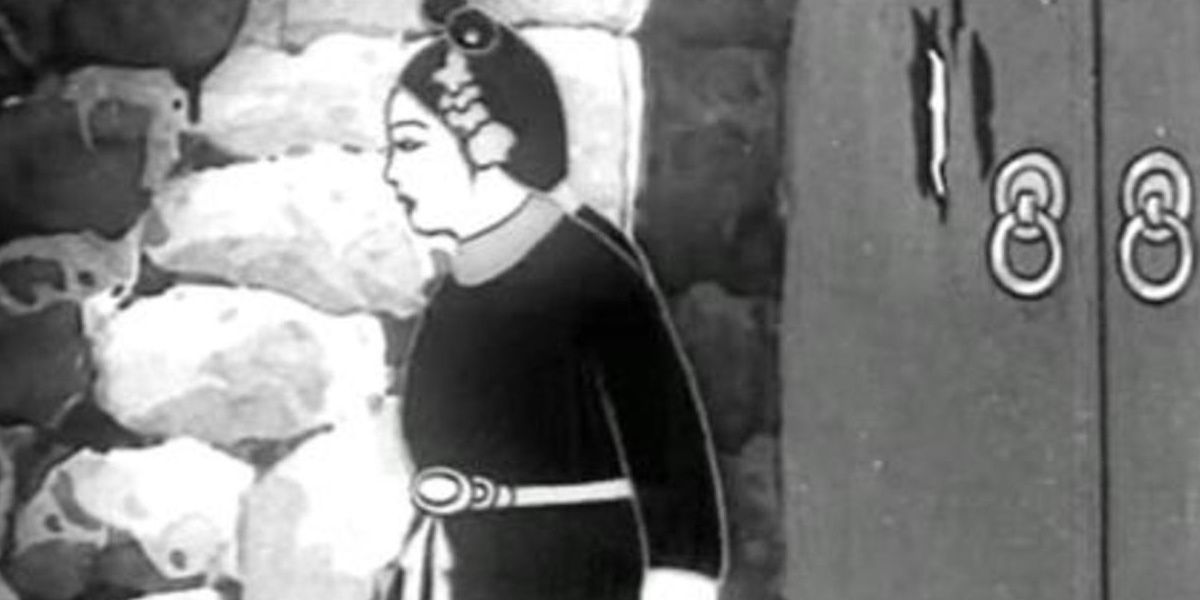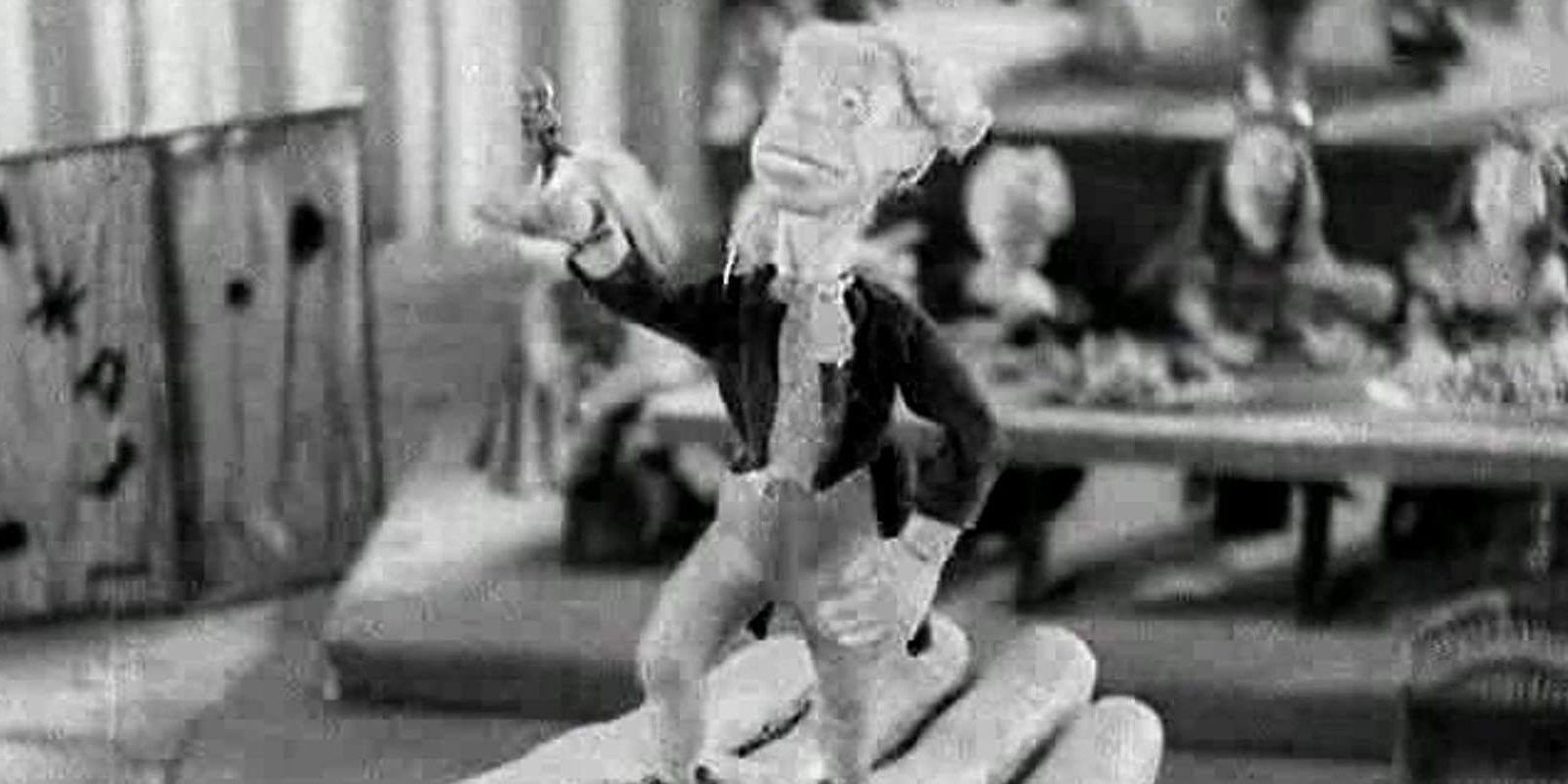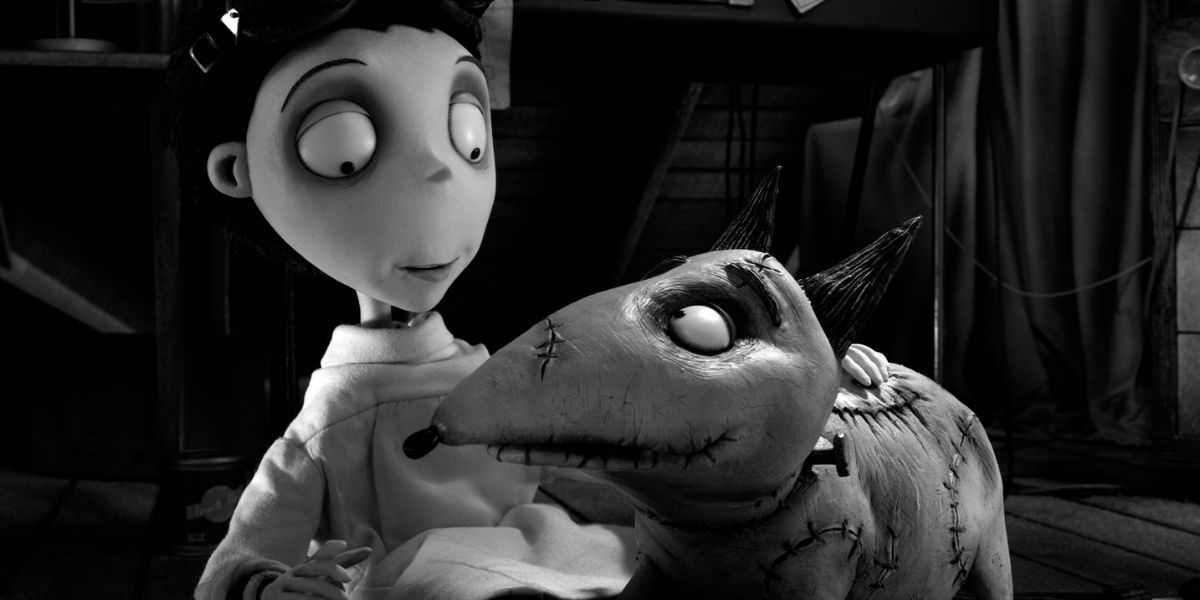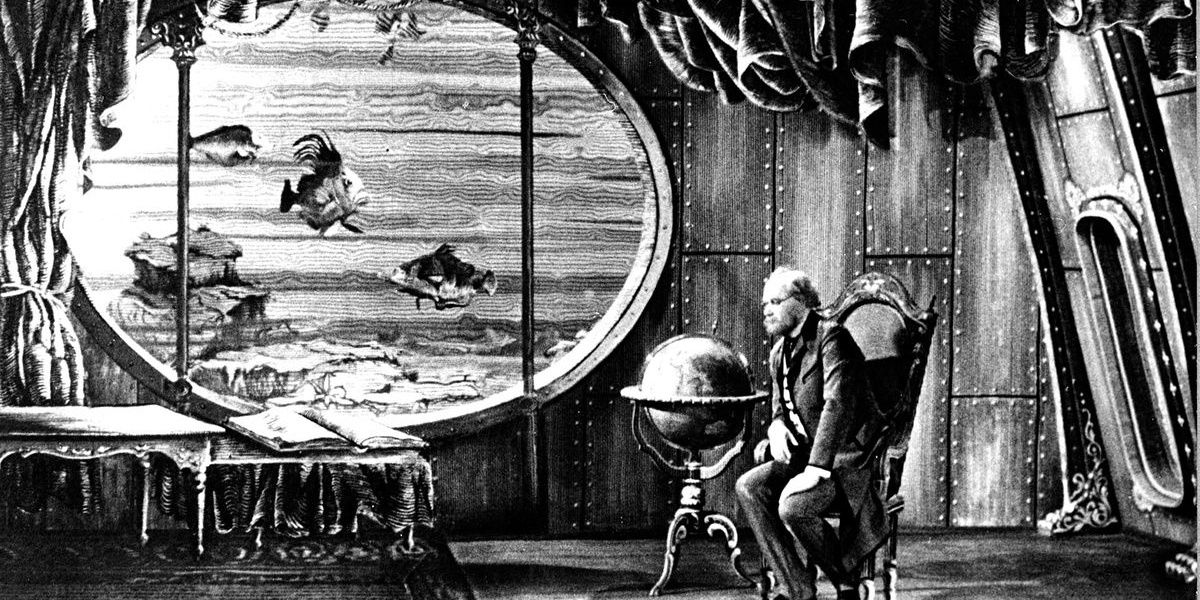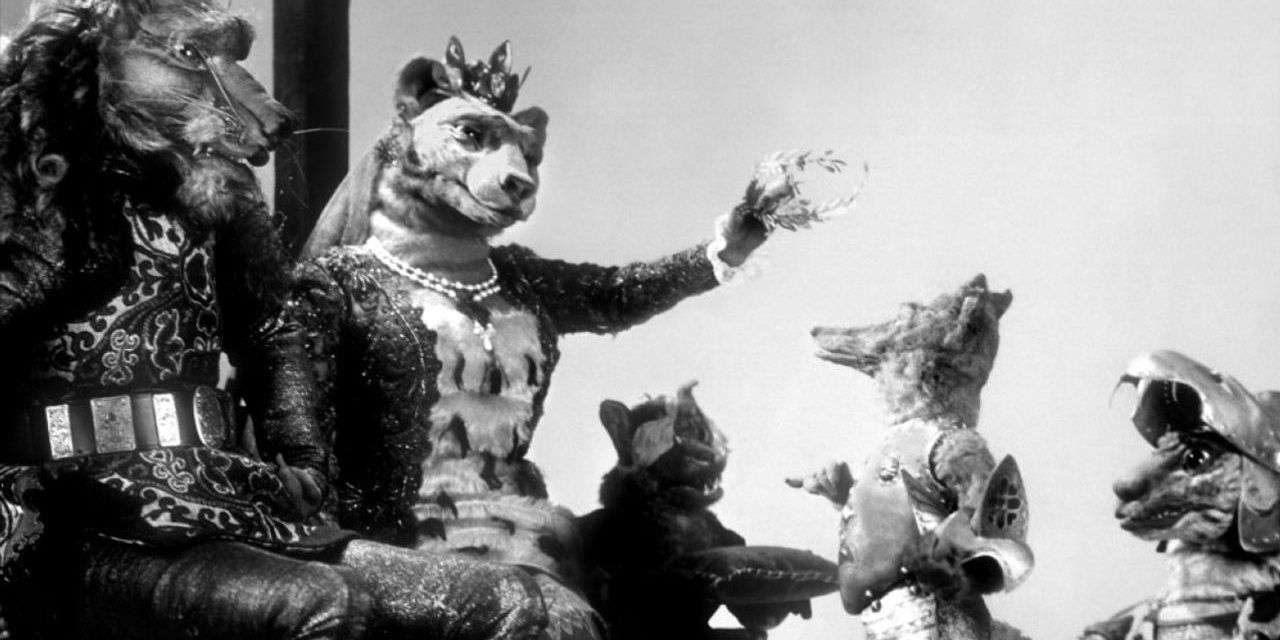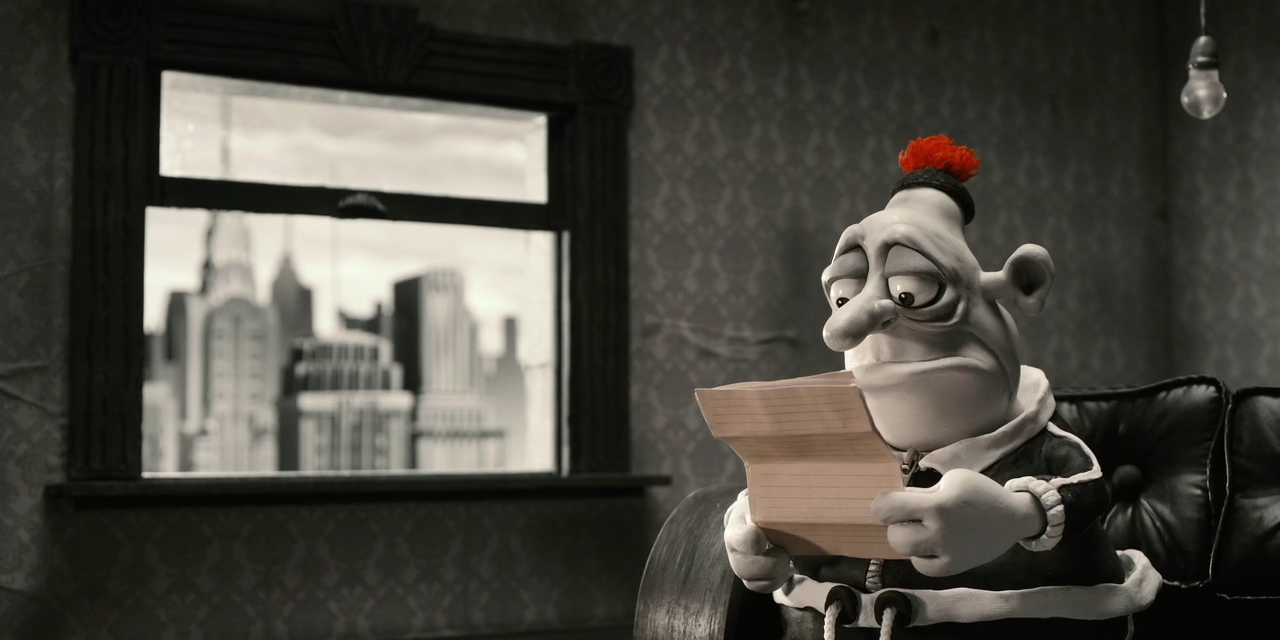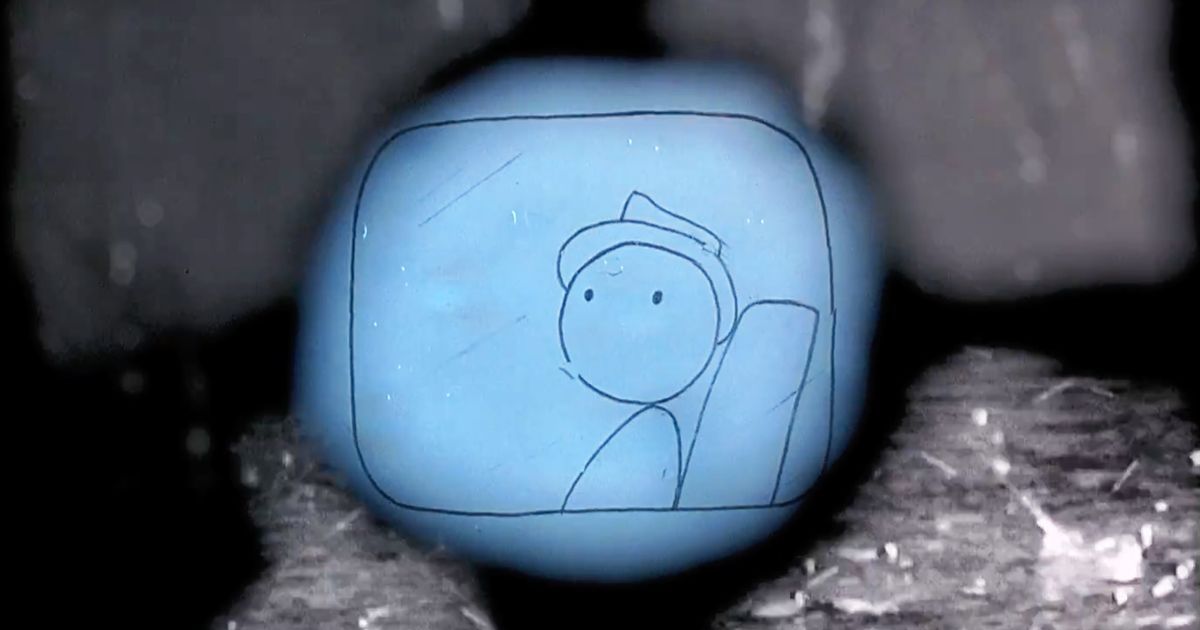Once upon a time, black-and-white used to be the only color tone available in cinema, serving as the medium for several short animation films by studios like Disney. With the advent of color, the animation industry was revolutionized eventually innovating cinema with 3-D formats that allowed a greater sense of detail, and motion-capturing that allowed a more photorealistic feel.
Apart from the classic black-and-white animated films, there are still several animation ventures that attempt to recreate the vintage colors as a stylistic preference. It’s for this reason that some of these black-and-white animated gems range from old classics to modern trendsetters.
Momotaro, Sacred Sailors (1945) - 5.7
Momotaro, Sacred Sailors holds the claim of being the first Japanese animated feature film ever released. It is considered to be a moving and dramatic tale of friendship and bravery, even if it’s a World War II-era propaganda film at its core. Animation had been an efficient medium to spread propaganda in both the USSR and the USA and Momotaro, Sacred Sailors was no different, though it's notably more subtle in its portrayal of Japanese patriotism which was chiefly aimed at children.
The film is beautifully animated while recounting the tale of a monkey called Momotaro and his other animal friends who join the military and fight the Dutch East India company that controls one of their islands.
Tamala 2010: A Punk Cat In Space (2002) - 6.5
Shot in both color and monochrome and in both 3-D and 2-D, Tamala 2010 is a bizarre Japanese film that might divide viewers because of its themes. The titular protagonist Tamala seems to be animated in the style of popular children’s’ icons like Hello Kitty but otherwise, she’s a brash, foul-mouthed cat.
Tamala grows up in a dystopian future marked with hyper-capitalism. Companies are obsessed with blatantly forcing their customers to buy their products even if the economy is collapsing. Amidst this ruckus, Tamala discovers that she herself had been genetically engineered by one of these companies to be their mascot. It might seem like a simplistic social commentary on the surface with deceptively cute characters, but Tamala 2010 can be quite the philosophical joyride.
Princess Iron Fan (1941) - 6.6
Made in the middle of the Second World War, Princess Iron Fan is the first Chinese animated full-length film. The title points to the antagonist of the film Princess Iron Fan, a character from the classic Chinese epic Journey To The West. The Princess is a tyrant who makes a village yield to her and offers her sacrifices until the magical Monkey King arrives and challenges her to a duel.
The film was directed by the twin Wan Brothers who set the standard for Chinese animation in the years to come. Apparently, they got the inspiration to make a Chines feature film after watching Walt Disney’s Snow White And The Seven Dwarves. The film took over three years and 237 artists to create, an impressive feat for its time.
The New Gulliver (1935) - 6.7
A Soviet-made film, The New Gulliver is a fantasy epic shot with live-action performers against stop motion animation, in the same vein as Hollywood classics like King Kong. Earlier, Hollywood films had made use of stop motion animation but none were like The New Gulliver, which features similar puppet work in virtually all its frames.
The premise is basically a Russian retelling of Jonathan Swift’s Gulliver’s Travels. A young boy reads the book and imagines himself living in the land of Lilliput. The mythical land turns out to be a Utopia where everything seems to perfect until workers are exploited and the boy is exposed to harsh ground realities.
Frankenweenie (2012) - 6.9
Acclaimed Gothic auteur Tim Burton has often forayed into stop-motion with interesting results, with one of them being the black-and-white horror-comedy Frankenweenie. The film is a tribute to pulp horror films like Frankenstein, as well as his own short film of the same name.
The film’s premise revolves around a scientifically-inclined school student who attempts to reanimate his dead dog Sparky back to life. This triggers a set of events that haunt the entirety of his sleepy town. Scary enough for younger viewers and reminiscent of Burton’s trademark style, Frankenweenie makes for a delightful watch and channels the director at his finest.
Invention For Destruction (1958) - 7.5
A sci-fi adventure that was ahead of its times, Invention For Destruction follows the same format as the film mentioned above. The Czechoslovak film’s plot is heavily inspired by Jules Verne’s patriotic novel Flying The Flag, where a scientist creates a futuristic device that falls into the hands of pirates who wish to use it for their own benefit.
Verne’s visionary novels were vastly praised also for their accompanying illustrations that represented bizarre creatures and machines that were unimaginable at that time. Invention For Destruction pulls off a great job in bringing these illustrations alive on the big screen.
The Tale Of The Fox (1937) - 7.8
Ladislas Starevich was a Russian-Polish pioneer in stop-motion, with The Tale Of The Fox being his first feature-length animation work. Like many animated films in the first half of the 20th century, Starevich’s magnum opus too adapts folk tales and legends. The Fox that the movie mentions is Reynard The Fox, a scheming red fox that appeared in several fables in Medieval Europe. In the film, the Fox is to be arrested at the orders of King Lion for tricking his kingdom.
It is the world’s sixth ever animated feature and the second film to make use of puppet animation (the first being The New Gulliver). Its legacy was overshadowed by Disney’s Snow White that got a wide release eight months later. The film has gained cult status in present times and is regarded as a mechanical triumph in stop-motion animation, especially given its time period.
Persepolis (2007) - 8.0
Written and directed by Marjane Satrapi and based on her own autobiographical graphic novel, Persepolis is the hauntingly dark narrative of her life in a post-revolution Iran. The film traces historical decades of Iranian extremism, the Iran/Iraq war, and the trauma that she and her liberal family carry. The film is a warning sign for all regimes and governments that lean towards extremist and hateful rhetoric.
Written in Persian, French, and English, the film drew great praise for its animation style that was lifted directly from the comics and the moving story. Persepolis went on to win awards like the Cannes Jury Prize and the Cesar Award for Best First Feature Film. Despite achieving almost universal critical praise, Persepolis was banned in Thailand, Lebanon and (unsurprisingly) Iran.
Mary & Max (2009) - 8.1
One of the most emotionally animated films of the 2000s, the claymation feature Mary and Max focuses on a young socially-awkward girl and a lonely, depressed old man who unexpectedly become pen pals. Even though the film is suitable for younger viewers, it touches upon dark themes of isolation and the judgmental behavior of society.
Mary and Max is filled with several heartwarming and adorable moments as both friends mature over time and write about their new life experiences in their letters.
It’s Such A Beautiful Day (2012) - 8.3
An experimental dark comedy, It’s Such A Beautiful Day is the brainchild of Don Hertzfeldt, who has directed several absurdist black-and-white short films. Divided into three chapters, this feature film focuses on a stick figure named Bill who’s suffering from a neurological illness. Bill tries making sense in his life as he encounters various people and faces his own absurdist visions.
Released in the same year as Frankenweenie, It’s Such A Beautiful Day couldn’t get the buzz of the former but it still set a new benchmark for animated arthouse films with its unique blend of offbeat humor and philosophical introspection.

